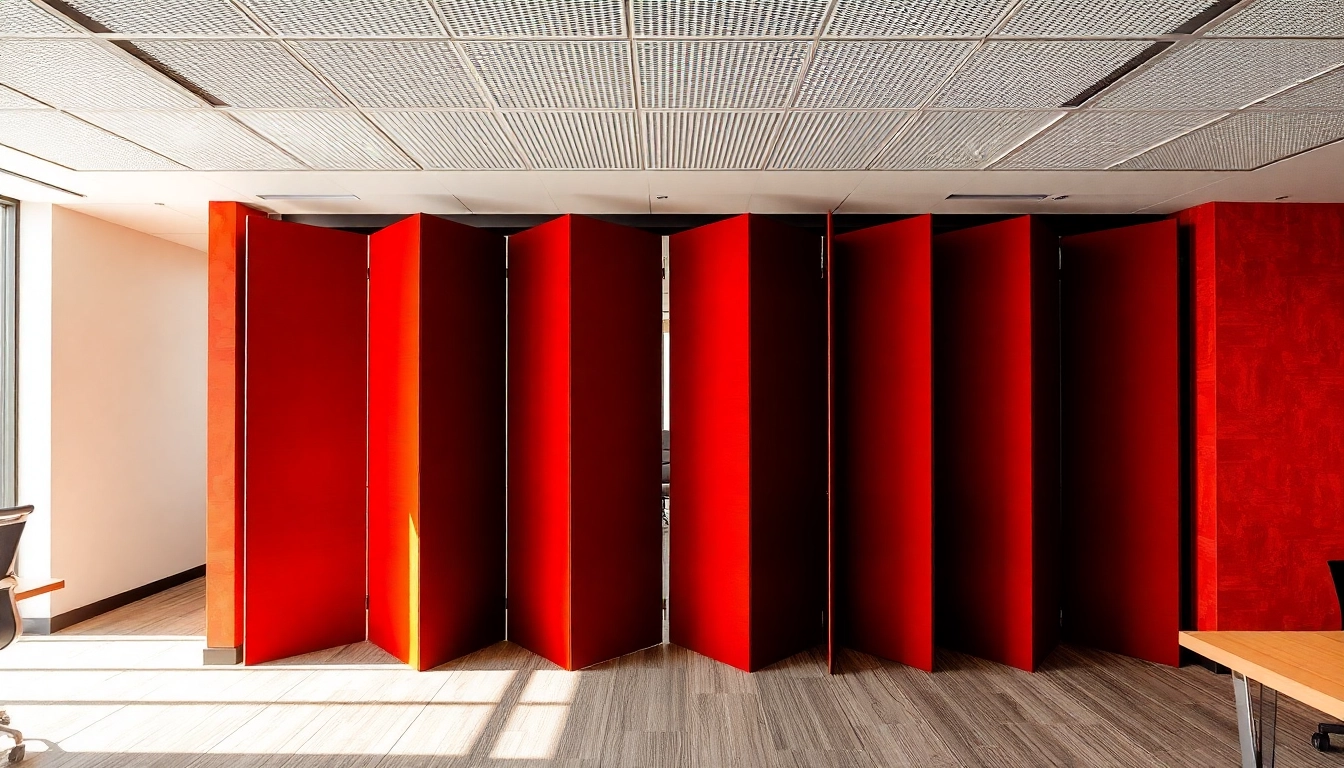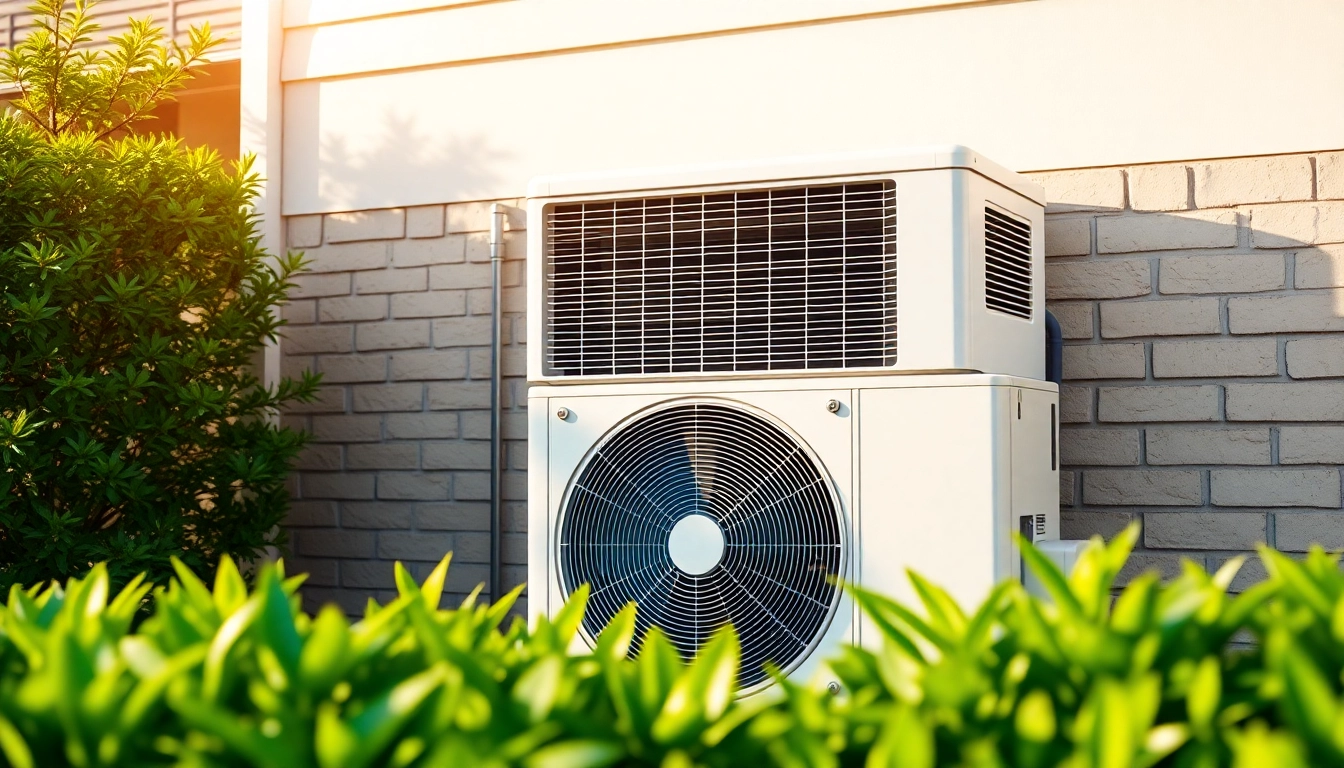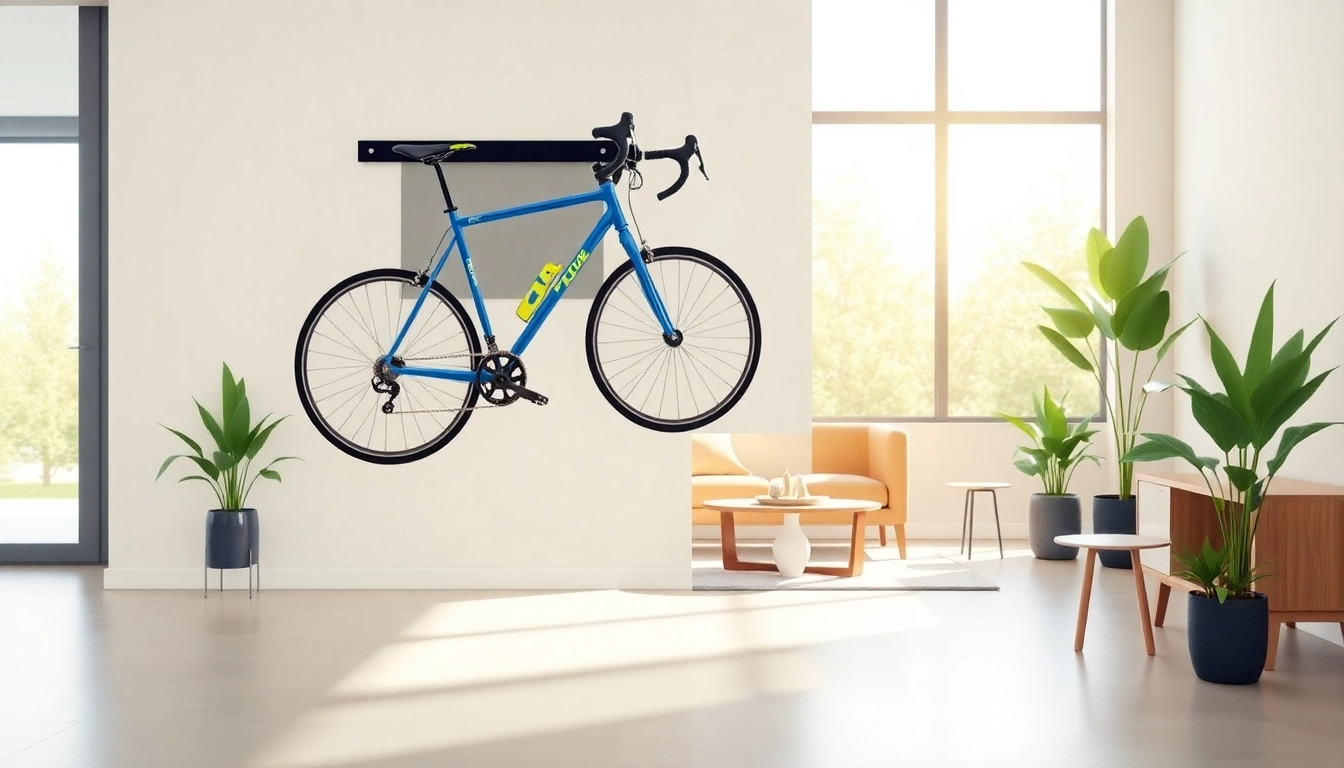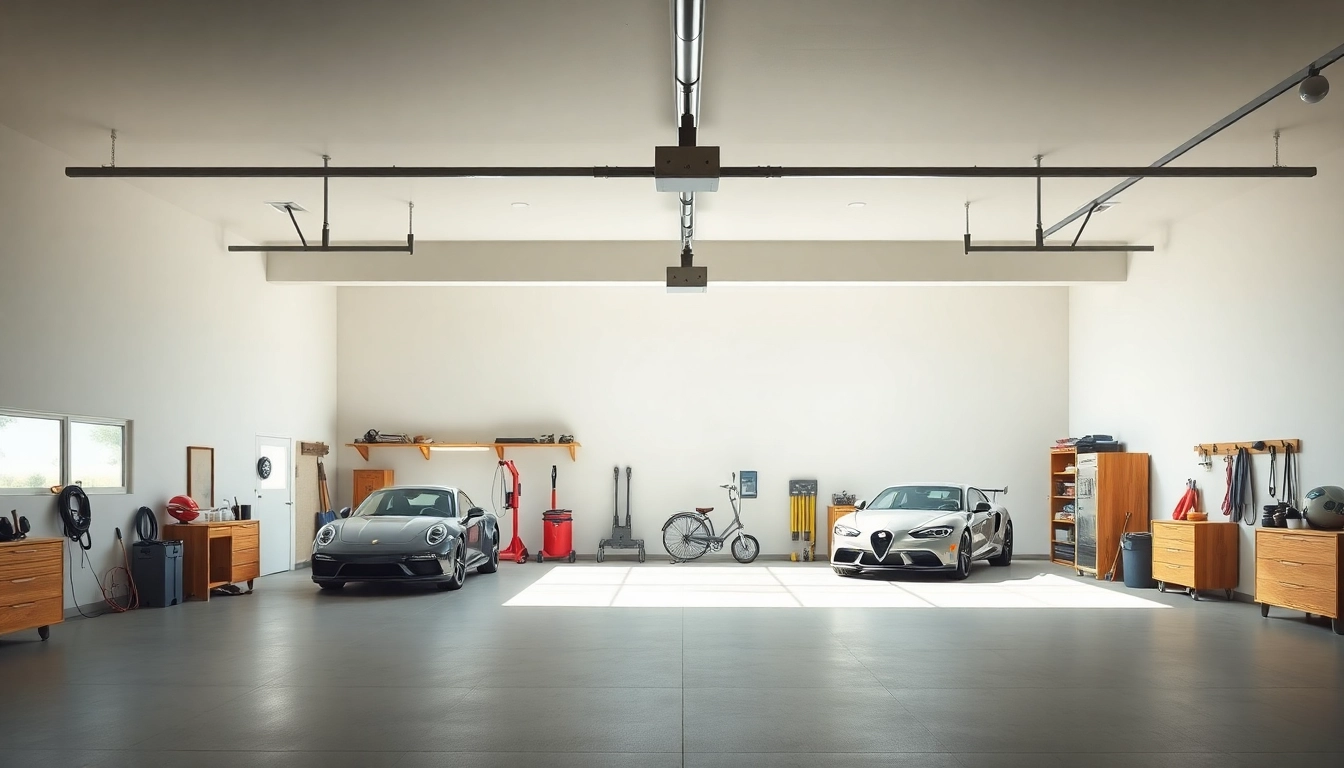Understanding Folding Partition Walls
What is a Folding Partition Wall?
A Folding Partition Wall is an innovative solution that allows for flexible space management within both residential and commercial settings. These walls are designed to fold and slide, providing the ability to dynamically adjust the spatial layout based on varied needs. Typically made from materials such as wood, glass, or fabric, folding partition walls can effectively create temporary rooms or segments in large areas, offering both privacy and versatility.
Benefits of Using Folding Partition Walls
Folding partition walls offer numerous benefits, making them a preferred choice for various environments. Here are some key advantages:
- Space Optimization: By utilizing folding partitions, users can maximize their space, transforming a large room into multiple smaller areas with minimal investment.
- Cost-Effective: Compared to permanent walls, folding partitions are often less costly to install and maintain. They do not require extensive construction work, reducing labor costs.
- Flexibility: These partitions allow spaces to be configured in various ways, accommodating everything from meetings to gatherings while supporting a range of functions.
- Ease of Use: Many modern folding partitions are designed for effortless operation, often featuring mechanisms that allow for smooth opening and closing.
- Enhanced Acoustics: Depending on the design and material, folding partitions can provide excellent sound insulation, making them ideal for office and conference environments.
Common Applications of Folding Partition Walls
Folding partition walls are utilized in a variety of settings, proving their adaptability and functionality:
- Office Spaces: Companies use folding walls to create breakout rooms, meeting spaces, or conference areas, promoting a collaborative environment and effective space management.
- Schools: Educational institutions utilize folding partitions to divide classrooms or create auditoriums and multipurpose areas for various activities.
- Event Venues: Folding partitions allow for customizable event spaces in hotels and convention centers, ensuring they can accommodate a range of events from small meetings to large conferences.
- Residential Use: Homeowners often use these partitions to create temporary spaces in larger living areas, providing flexibility for family activities or guest accommodations.
Types of Folding Partition Walls
Accordion Style Folding Partition Walls
Accordion-style folding partition walls operate similarly to an accordion, wherein panels are hinged together, allowing them to fold neatly against one another when not in use. This design is particularly effective in spaces where full opening is necessary, as the panels can be easily folded back to a designated area. These partitions are often lightweight and available in a variety of materials, catering to both aesthetic and functional needs.
Operable Folding Partition Walls
Operable partitions are engineered for flexibility and durability, making them a popular choice for permanent installations. They can be designed to move along track systems that facilitate ease of operation. Users can move them apart to create separate spaces or close them to form larger areas quickly. The customizable options available can align with unique interior designs while also offering superior soundproofing features, enhancing overall user experience.
Glass Folding Partition Walls
Glass folding partitions present a contemporary and elegant solution for space division without sacrificing light. These partitions typically consist of framed glass panels that can be fully opened or closed, providing flexibility while keeping an open and bright atmosphere. They are especially ideal for offices and other environments that value transparency and natural light. Additionally, advanced sound insulating techniques can be incorporated to ensure privacy despite the use of glass.
Factors to Consider When Choosing a Folding Partition Wall
Space Requirements and Layout
Evaluating space requirements is crucial before selecting a folding partition wall. Considerations should include furniture placement, overall room dimensions, and the intended use of the divided space. Effective layout analysis ensures optimal functionality without overwhelming the available area.
Acoustic Properties and Sound Control
If noise control is a priority, the selection of materials and construction methods become critical. Folding partitions can be equipped with sound-dampening features, allowing for privacy in communal environments such as office spaces and multi-use venues. Review sound ratings and material options thoroughly to ensure adequate performance based on specific needs.
Design and Aesthetic Needs
Design considerations should align with the aesthetic goals of the space. Folding partition walls come in various finishes, colors, and materials. Customization can enhance the overall design of the environment, allowing these walls to blend seamlessly or stand as a feature piece. Visual continuity or contrast can play a significant role in the design strategy for any space.
Installation and Maintenance of Folding Partition Walls
DIY Installation vs. Professional Installation
When planning the installation of folding partition walls, there are options for both DIY and professional setups. DIY installations require careful measurement, level assessments, and often the assistance of a second person. However, seeking professional installation can minimize errors, ensure compliance with local building codes, and streamline the entire process. Professionals bring expertise that can lead to a more robust and long-lasting installation.
Routine Maintenance Tips for Longevity
Regular maintenance can significantly extend the lifespan of folding partition walls. Here are essential maintenance tips:
- Regular Cleaning: Keep surfaces clean with appropriate cleaning solutions to avoid buildup that can affect aesthetics and functionality.
- Inspect Hardware: Periodically check tracks, wheels, and hinges for dirt or obstruction. Ensure that moving parts are well-lubricated for smooth operation.
- Look for Signs of Wear: Look out for any signs of wear or damage to the materials, addressing any issues early can prevent significant problems later.
Common Issues and Solutions
While folding partition walls are a versatile solution, they can face challenges over time. Common issues might include misalignment, difficult operation, and wear and tear on materials. Solutions often involve:
- Realignment: If the wall becomes misaligned, check the track system and readjust if necessary.
- Lubrication: For sticky or difficult operation, adequate lubrication of moving parts can restore function.
- Replacement Parts: Keep available replacement parts for quick fixes, ensuring minimal downtime of use.
Future Trends in Folding Partition Wall Design
Innovative Materials and Technology
The future of folding partition walls lies in innovative materials and technologies that improve functionality and aesthetics. Emerging products may utilize advanced composites that enhance durability and sound insulation while remaining lightweight. Additionally, smart technology integration offers possibilities for remote operation, improving usability in modern environments.
Sustainability Considerations
As sustainability becomes increasingly paramount, the choice of materials and manufacturing processes for folding partition walls will play a significant role. Eco-friendly materials and modular construction techniques reduce waste and the environmental impact of production. Choosing companies that prioritize sustainability will likely become a preference among consumers, influencing market trends.
Designing for Open Concept Spaces
As open concept spaces gain popularity, the demand for flexible room division options like folding partition walls will continue to grow. Future designs will likely focus on facilitating dynamic communal spaces that provide privacy when needed while remaining open. The emphasis will be on aesthetics that complement modern designs, contributing to a cohesive environment.



